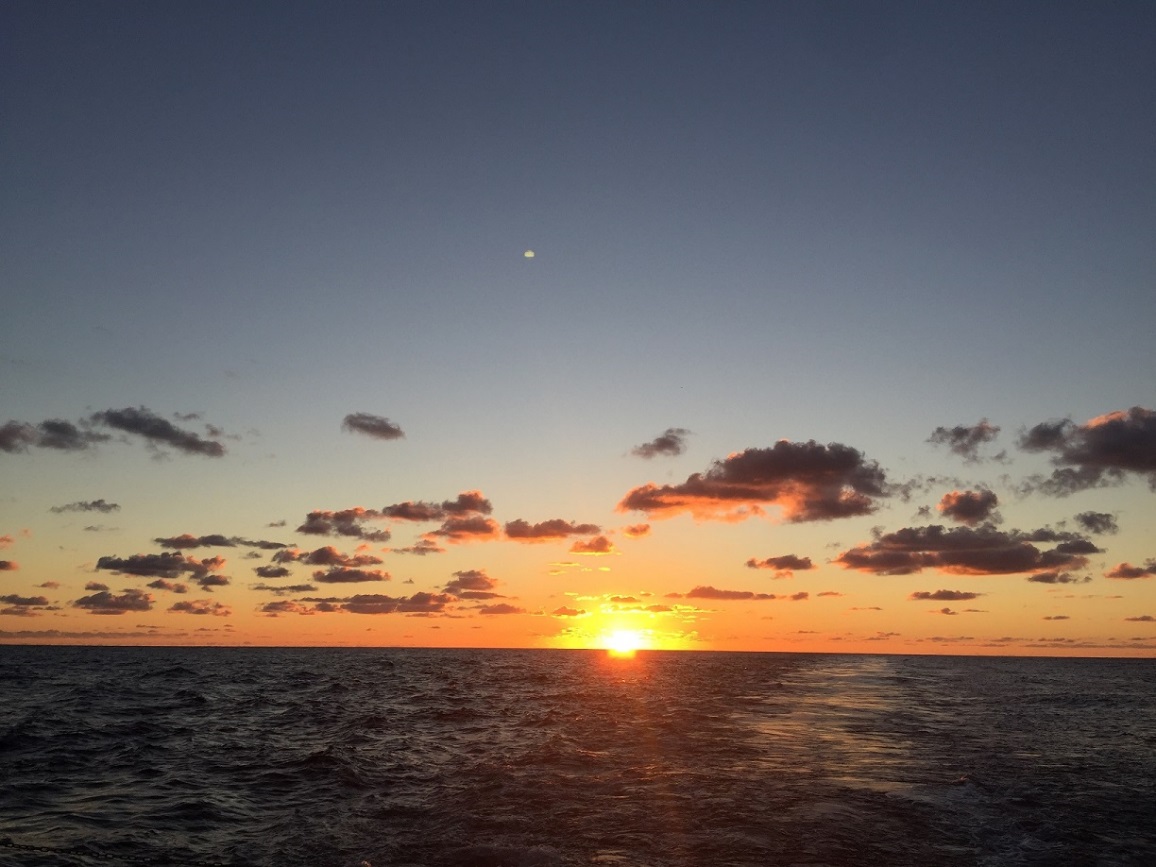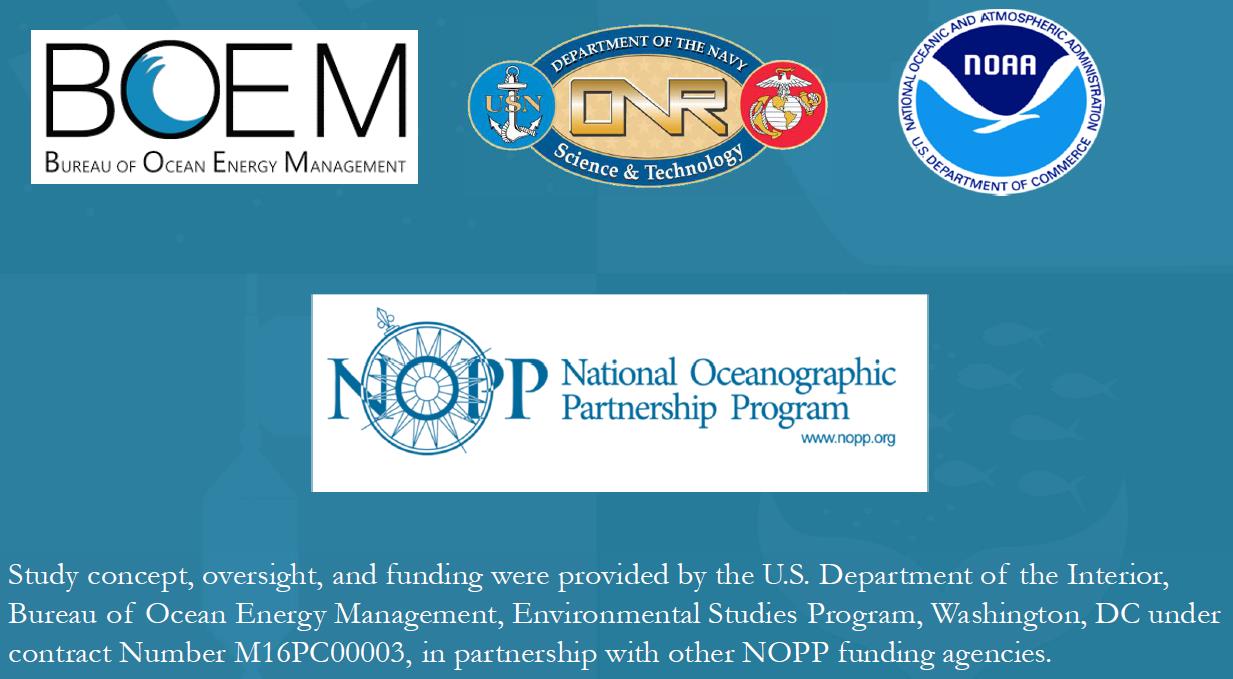Blog post November 1: Beginning the transition
Hi everyone! I’m Carmen Lawrence, an equipment technician at JASCO Applied Sciences from Dartmouth, Nova Scotia. This is my third ADEON cruise and I’m very excited to be back with the team.
We’ve officially completed the first day of ADEON Cruise 3! Sciences cruises such as these work around the clock, collecting data and net tow observations only at night, and conducting over the side deployments and marine mammal observations during the day. This means half of the science party needs to transition from being awake all day, to being awake all night for the next three weeks. This introduces many new challenges for those not well adjusted to this shift. Imagine waking up to the setting sun or having lasagna for breakfast (dinner) with your morning coffee. The body’s natural circadian rhythm responds to sunlight, causing a hormonal response which gives us more energy in the morning – adding even another challenge to the already contradictory change in routine.
But it’s not all bad, there are a few things that make the night shift pretty cool. For example, one member of the night crew finds all the critters they catch in the net tows interesting. For the most part, these animals follow a diel migration pattern, rising to shallower water during the night to escape from large predators. Another person enjoys the quiet of the night shift. And some, are just night owls that prefer staying up late to getting up early! To each their own.



